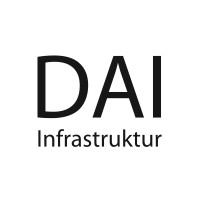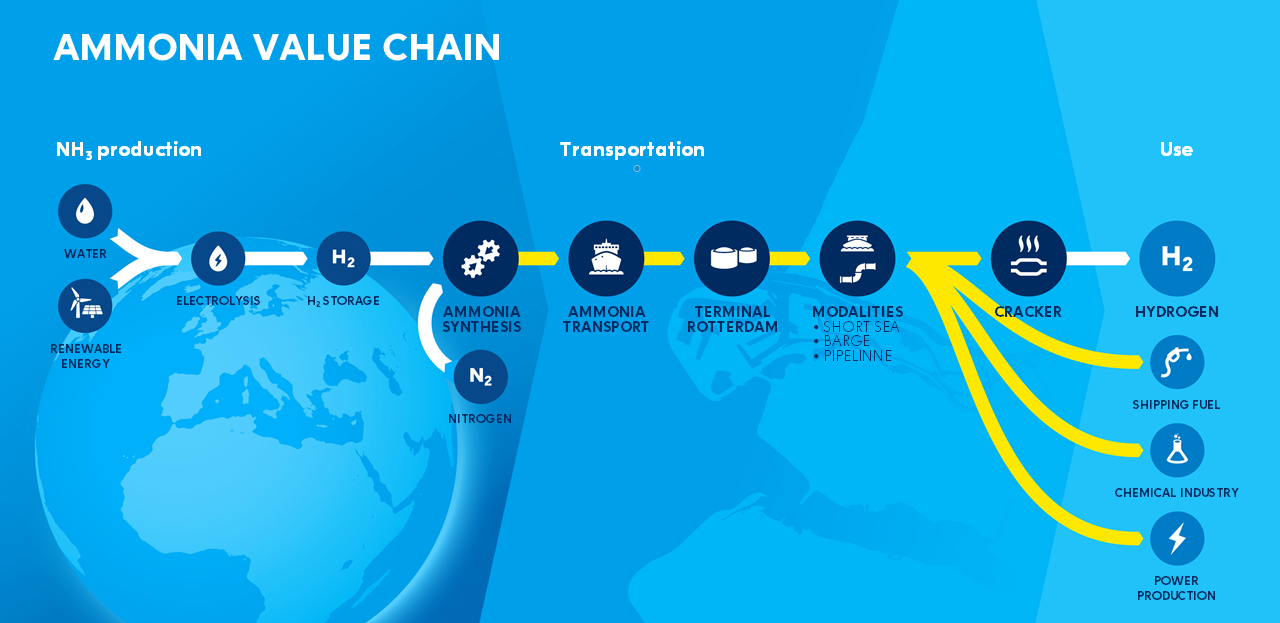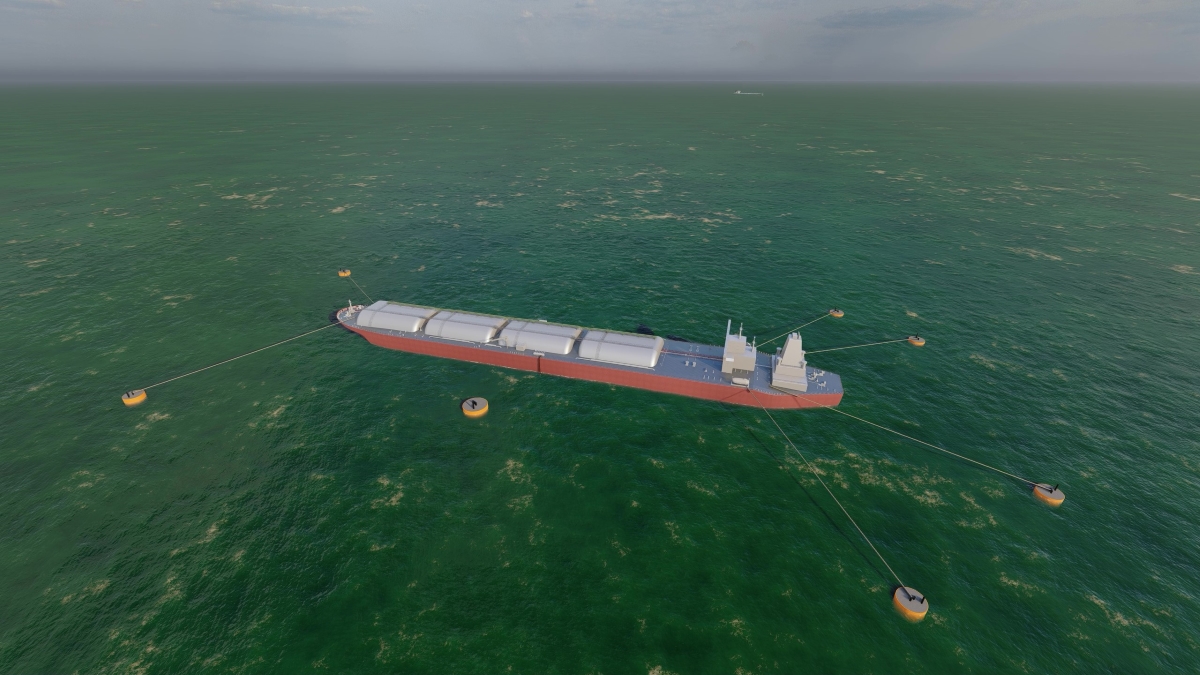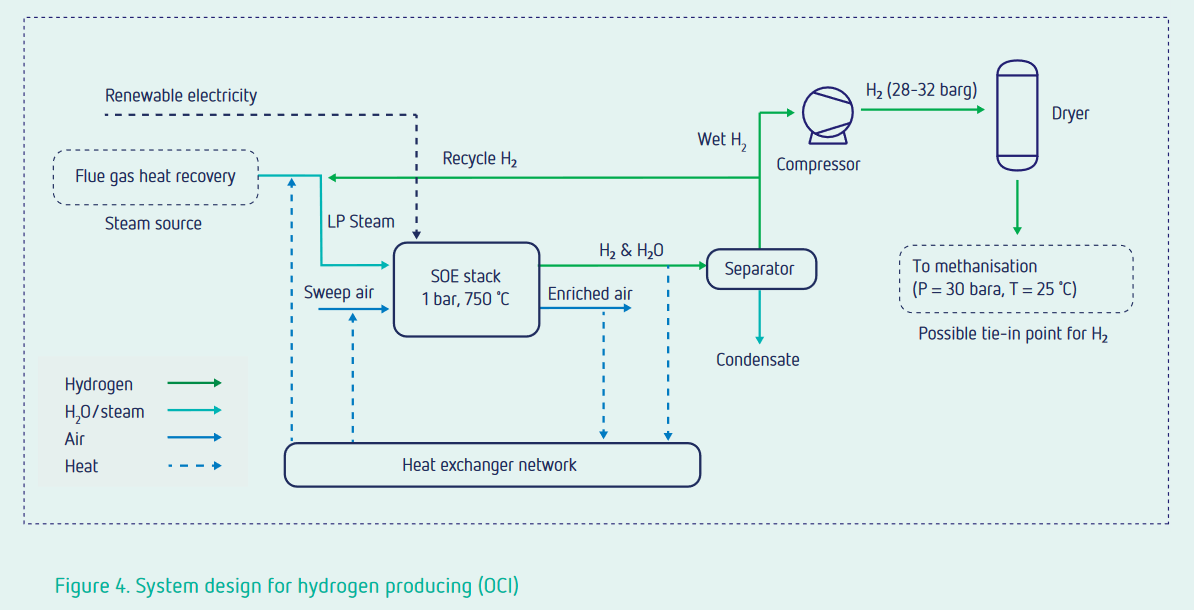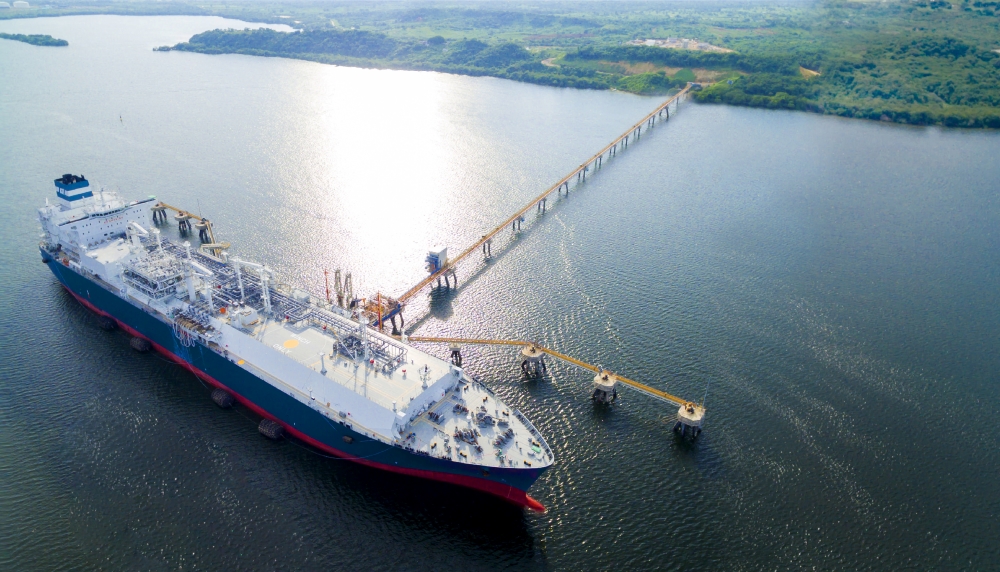Construction underway for ammonia-to-hydrogen demonstrator in Birmingham, UK
The Ammogen consortium has begun construction on a commercial scale ammonia cracker in the Tyseley Energy Park, aiming to produce 200kg of hydrogen per day for the mobility market. The demonstrator is the latest in a series of announced cracking projects in the UK, demonstrating improved technology, public and private partnerships, plus the utilisation of existing port facilities and resource hubs.


